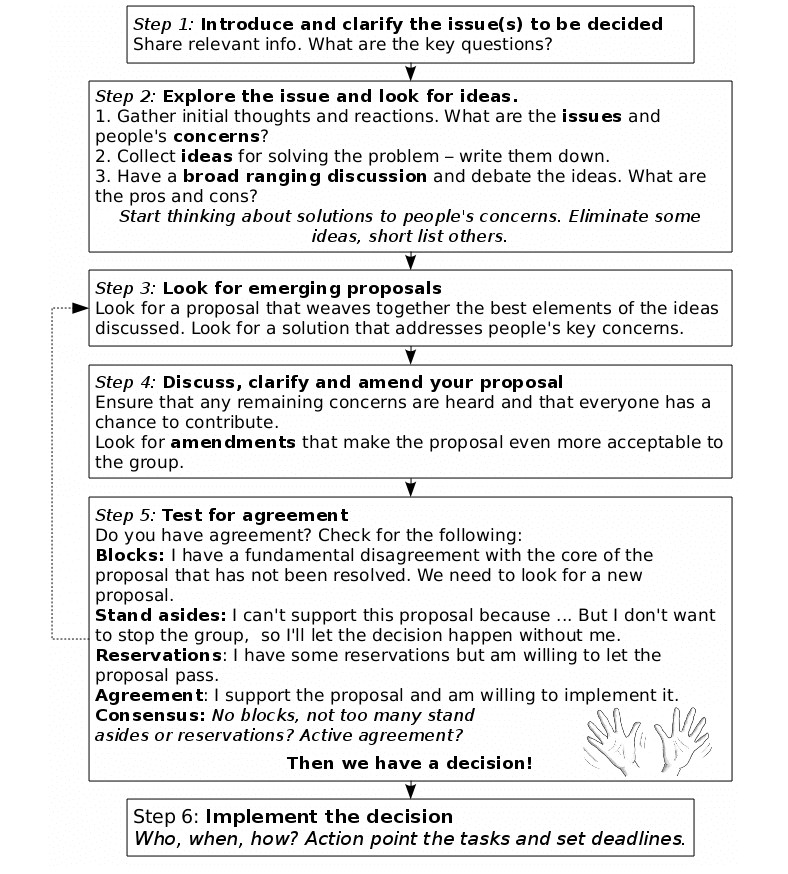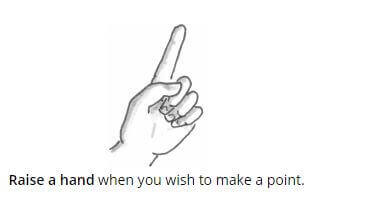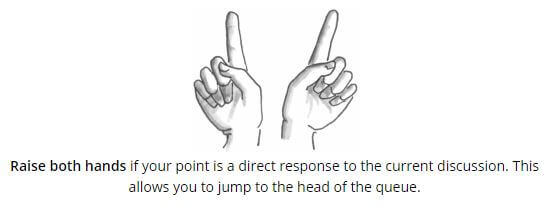How Projects Rely on Decisions
Recent research shows that we make around 35,000 decisions every day. These range from simple choices, like what to have for breakfast, to potentially life-altering situations, such as accepting the offer of a new role.
Factors like individual experiences and biases, time constraints, pressure from various sources, and external demands amplify the mental load. It is little wonder that we suffer from decision fatigue!
However, we cannot avoid making decisions, especially when delivering collaborative projects.
Decision-Making and Project Management
Effective project management relies upon individuals and teams making informed decisions on a regular basis. Strategic questions are an essential part of this process, for example:
- Which project should we start next and why?
- What are the requirements for this project?
- How should the team manage resources?
- How often will the team meet to discuss progress?
- Who is responsible for stakeholder engagement and liaison?
As a project manager, you also need to decide how you will include the team in decision-making and how you will manage conflicting opinions.
Consensus for Collaboration
Consensus decision-making is the idea that each person will support the implementation of the decision, even if they initially disagree.
It’s a critical success factor in ensuring that all perspectives are considered. This collaborative approach overcomes many challenges in group decision-making.
What are the 3 Different Types of Decisions?
A decision is defined ‘as a course of action purposely chosen from a set of alternatives to achieve organizational or managerial objectives or goals.’
Decision-making is the method of selecting a course of action from two or more possibilities. It is a continuous and dynamic process that should drive an organization forward.
Authority
These decisions depend on the power or influence of an individual or small group. This approach may be needed in situations that require a quick resolution.
The quality of the decision depends on one individual or a small group, which could prove problematic.
Majority
In this instance, decisions are made based on the preferences of the majority. Whilst this approach strives for balance and fairness, 49% of those involved in the decision lose out, which can lead to resentment and resistance.
Consensus
Consensus decision-making ensures that all input and ideas from a group or team are considered until a decision that everyone can accept emerges.
Agreed solutions are often innovative and creative and more likely to be successful as everyone has helped to shape the desired outcome.
Since the decision is shaped by the entire team, the project manager no longer holds solely responsibility for the decision and its consequences.
This approach relies heavily on respectful dialogue and open-mindedness but may become time-consuming with larger groups or difficult decisions.
A Tradition of Consensus
Consensus decision-making has a long tradition, dating back to early Native American societies. Over time, it has spread from political movements to government entities and companies like Mitsubishi.
Mitsubishi adopted this approach and achieved five consecutive record years of profits, increased revenue by 94 %, and established all-time sales and market share records.
Benefits of Consensus
Consensus decision-making is useful when dealing with a complex problem requiring the input of multiple stakeholders. It works best when individuals are willing to participate and empowered to make decisions.
The method overcomes individual biases and preferences, which can limit decision-making. It also enables project teams to collaborate effectively.
Guide to the Consensus-Building Process
Consensus decision-making typically follows six steps. Each stage is designed to ensure everyone feels heard and valued, ideas are thoroughly discussed, and a solution that everyone can support is reached.

1. Introduce the Issue
Start the meeting by explaining what the issue is and what decision is required.
2. Explore the Issue
At this stage, you want to gather all inputs and ideas without focusing on one suggestion in detail.
Ask for some initial feedback to kick-start the conversation. Use techniques like brainstorming to drive the discussion.
3. Identify Common Proposals
Summarize the discussion, highlighting any areas of agreement and disagreement. Then, find a solution from points of agreement.
As you work with the group, try to combine ideas to resolve any disagreements or points of contention. Remember, the purpose of consensus decision-making is to reach a shared understanding that everyone supports.
4. Discuss and Refine the Proposal
Check if the team has any concerns about the proposal and work towards potential solutions.
Depending on the scope and complexity of the decision, the team may need a few days to consider the proposal before providing feedback.
5. Test for Agreement
Ensure that everyone understands the proposal and check for any objections or reservations.
Ideally, potential issues should have been identified and addressed earlier in the process. The consensus decision-making process offers three ways to express disagreement:
Declaring reservations:
‘’I still have problems with the proposal, but I’ll go along with it.”
This person is willing to accept the proposal but wishes to express some concerns. They are likely to help implement the idea once their dissent is acknowledged.
Standing aside:
‘’I can’t support this proposal because… I don’t want to stop the group, so I’ll let the decision happen without me, and I won’t be part of implementing it.”
A team member may stand aside as they disagree with the proposal or may not have the time to support the solution.
Blocking:
“I fundamentally disagree with the core of the proposal, and it cannot be resolved. We need to look for a new proposal”.
A block occurs when there are core objections due to different perspectives. It will prevent the acceptance of a proposal. The team can either accept the block and look for another proposal or try to overcome the objection.
6. Implement the Decision
Once the proposal is agreed upon, tasks and deadlines will be assigned to complete the work.
What are the Conditions for Consensus in Project Management?
Certain conditions are needed for consensus decision-making:
Common Goal
Everyone must share a common goal and commit to achieving the project requirements. Invest time in defining this shared goal to avoid conflict later on.
Commitment to Reach Consensus
Each individual must share their opinion, listen, and remain open to new ideas or directions. While individual input is valued, the overall success of the group is more important.
Active Listening
Listen to the opinions of others carefully and without interruption.
Trust and Openness
The group must trust that no one will manipulate the process for personal gain. Creating a team environment based on companionship, collaboration, respectful discussion, and a proactive attitude is critical.
Clear Process
Establish and follow common guidelines.
Active Participation
The process will only work if those involved are engaged in the project, share their opinions, and work together to find solutions.
Good Facilitation
Depending on the size of the group, you may wish to appoint a facilitator to run the meeting.
Tips for Building Collaborative Decision-Making
I am sure you have attended meetings and got stuck in endless discussions without any clear next steps. Quite often, meetings are derailed as everyone agrees with a speaker and explains why they agree!
Non-verbal communication methods such as hand signals are an easy and practical way to express an opinion without interrupting the conversation.
Hand signals also help facilitators gauge the mood of the group and allow shy team members to participate. The BrightWork team recently used hand signals to enhance their consensus process. Here are a few to consider:



Achieve Consensus with BrightWork
Consensus decision-making helps build a collaborative approach to problem-solving. BrightWork makes it easier to strive for consensus, ensuring everyone is engaged and has a voice.
With open communication and a clear process, your team can make decisions that lead to successful project outcomes.
Get the Collaborative Project Management Handbook
Improve your leadership, collaboration, and project management skills with “Collaborative Project Management: A Handbook” written by Éamonn McGuinness.


